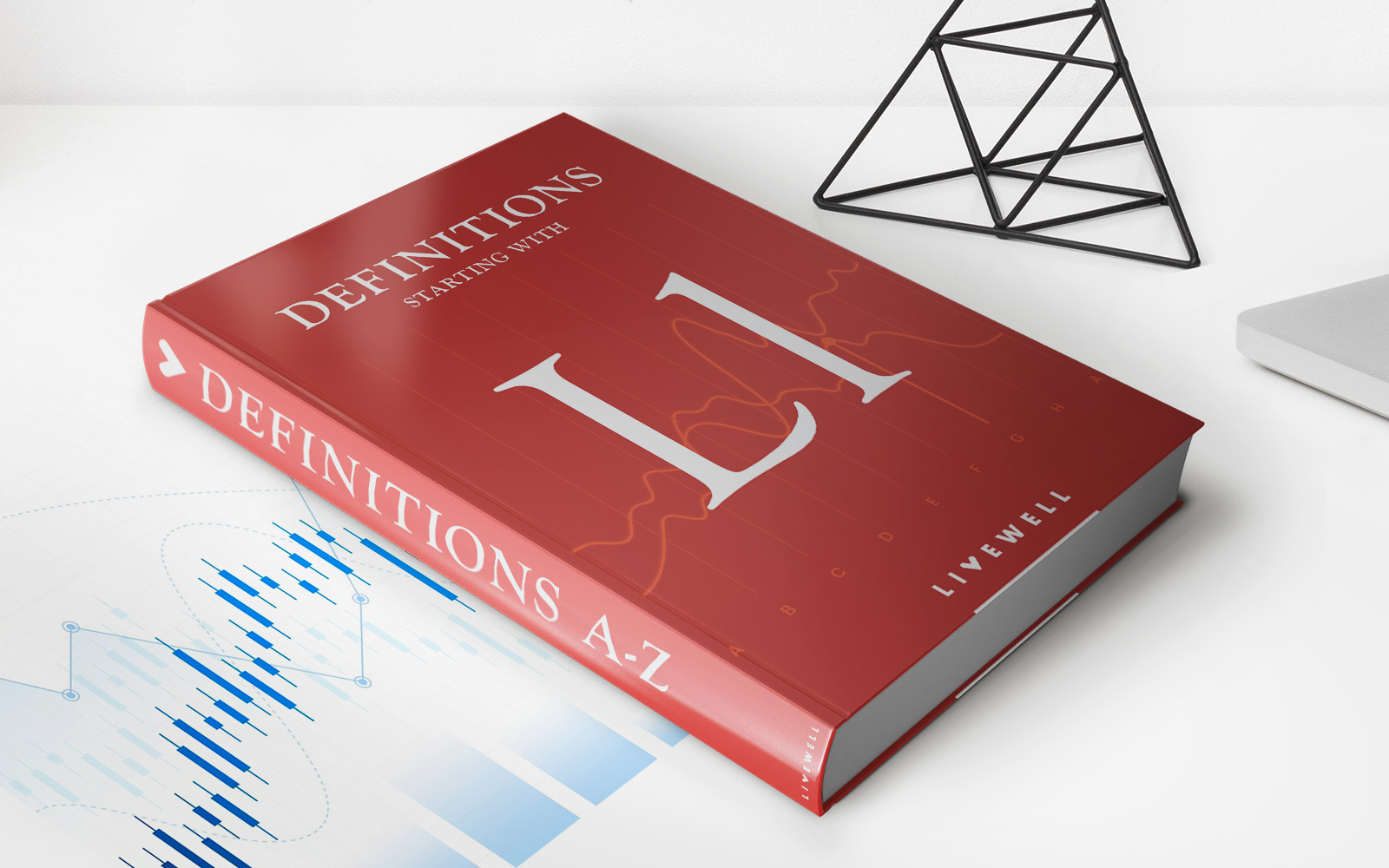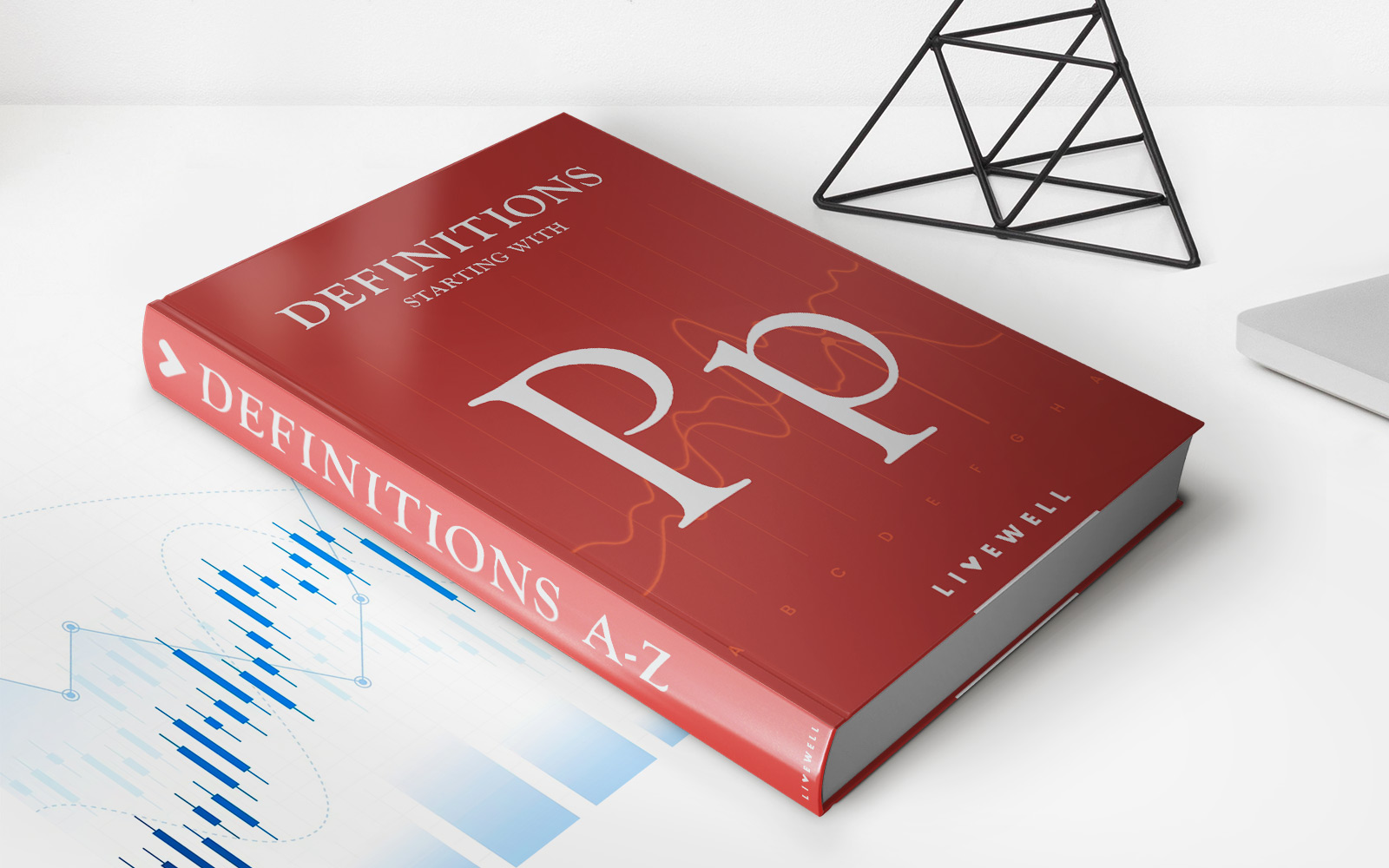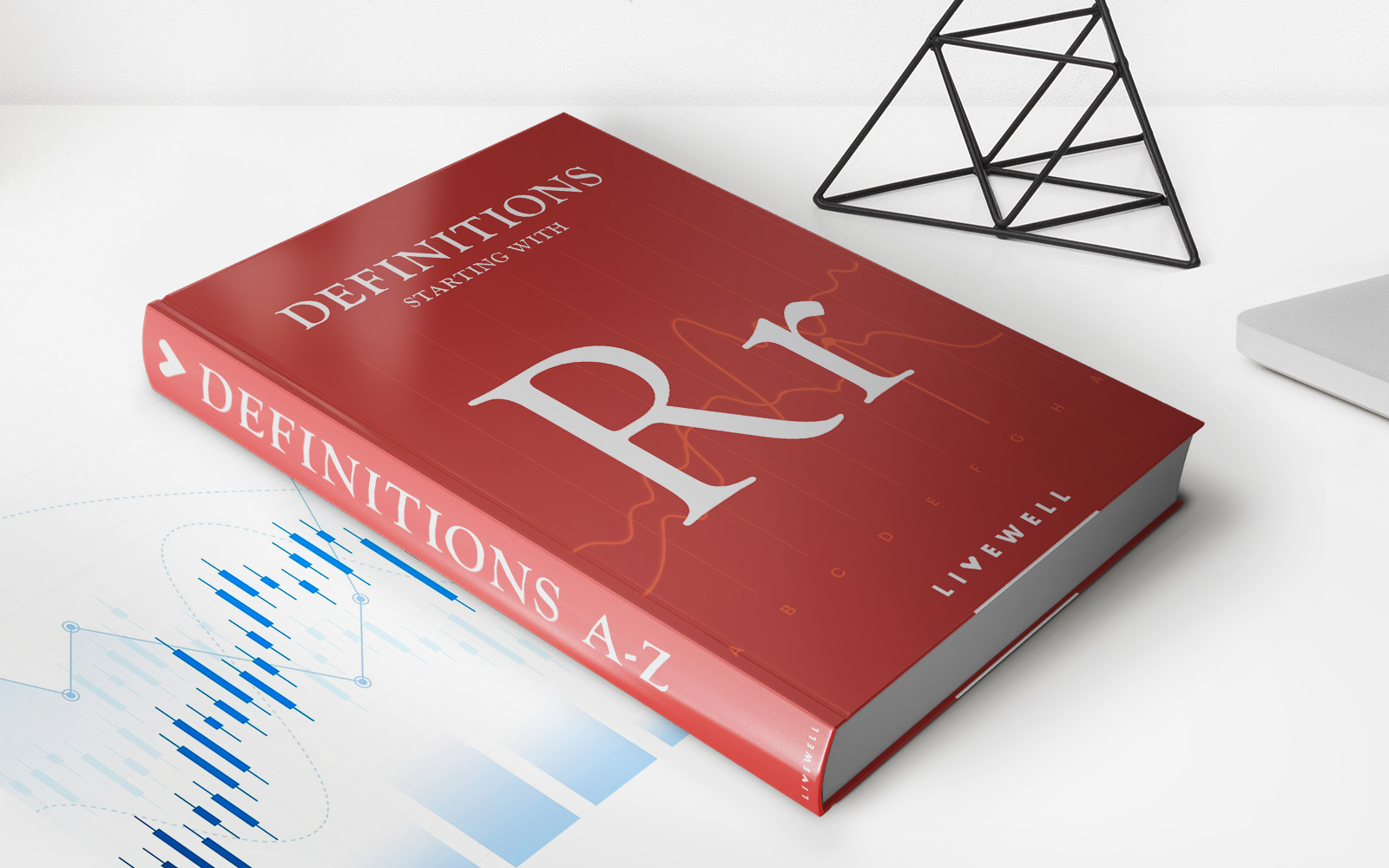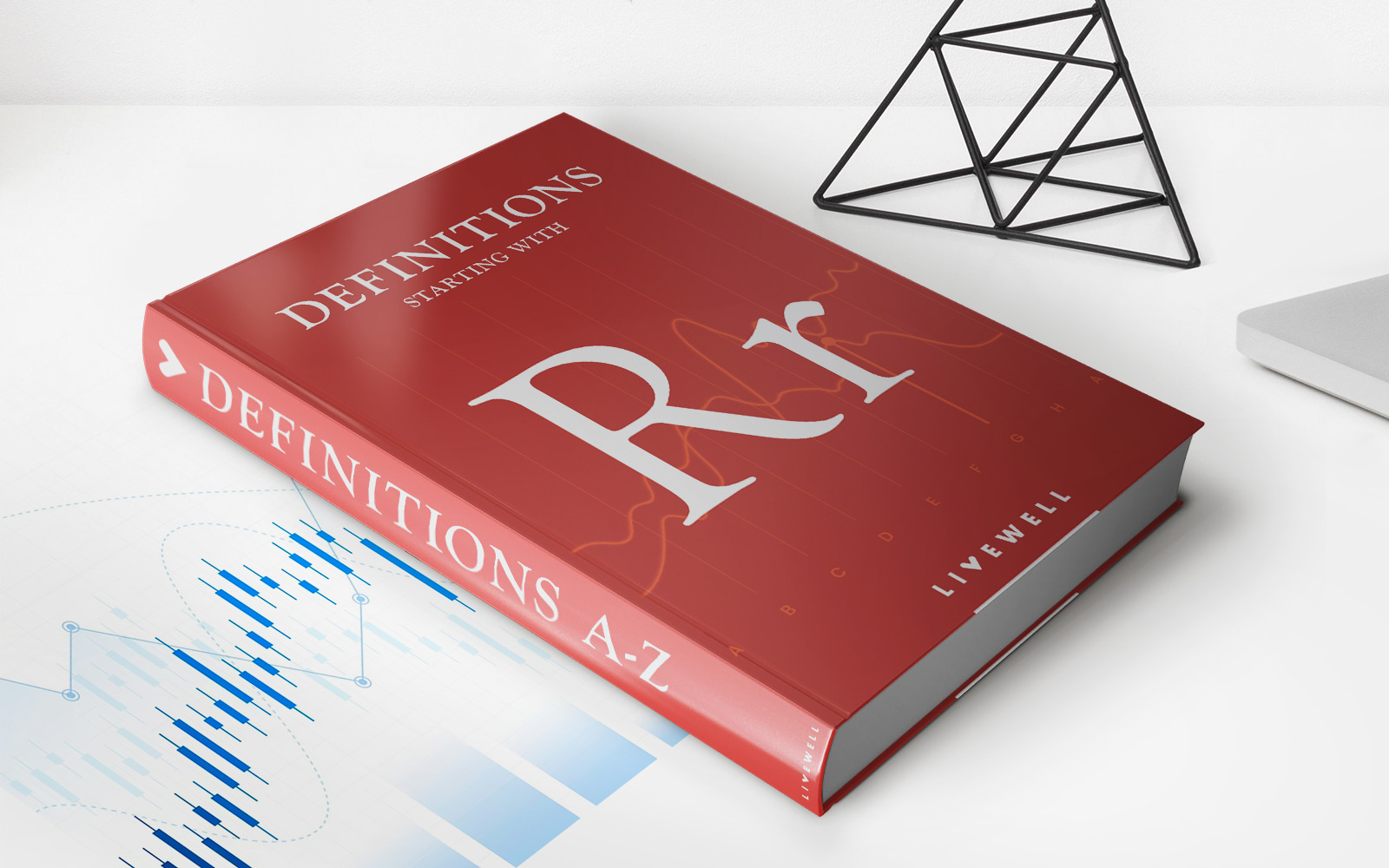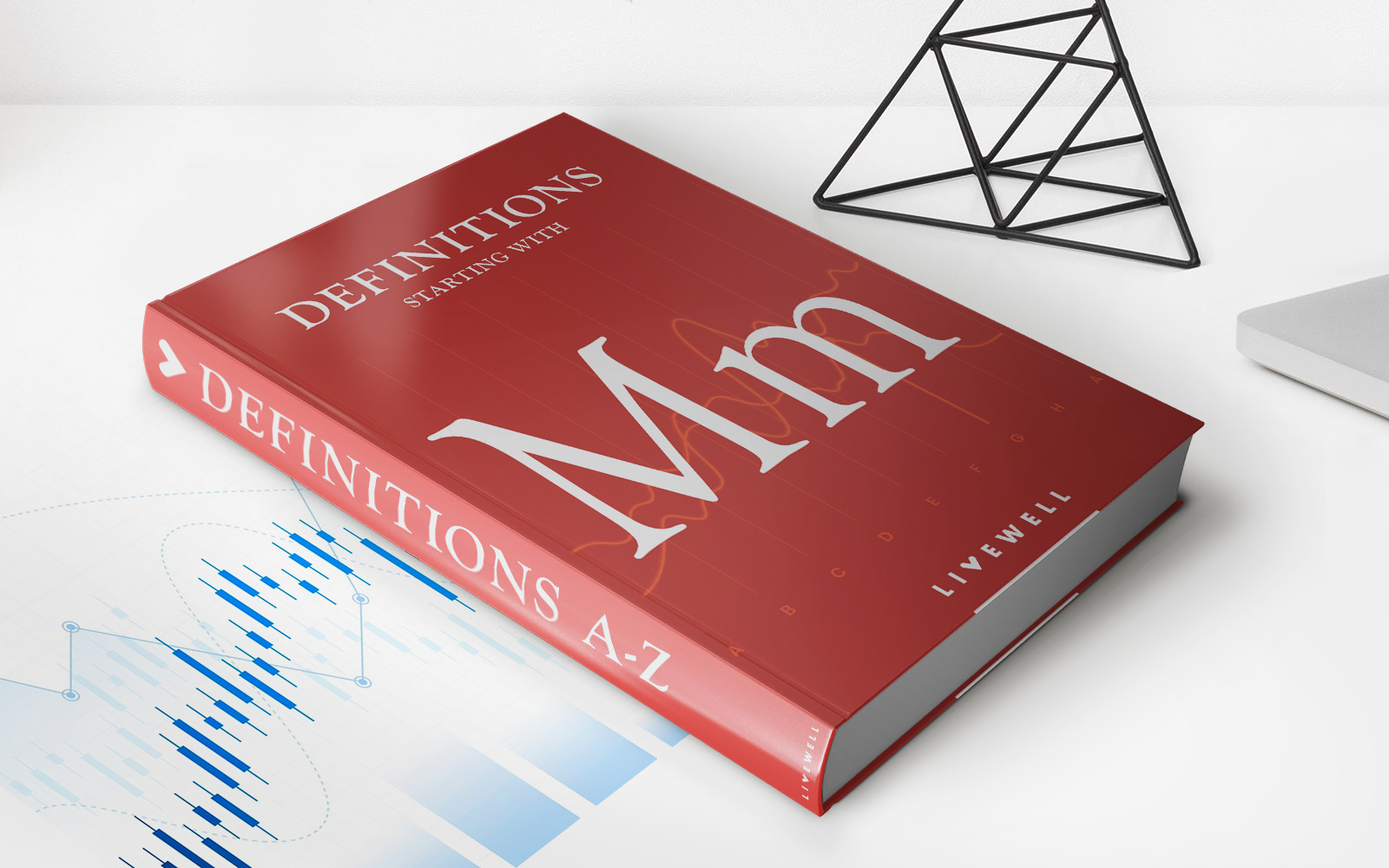

Finance
Lease Definition And Complete Guide To Renting
Published: December 16, 2023
Discover the definition and step-by-step guide to leasing and renting in finance. Understand the ins and outs of lease agreements, terms, and implications.
(Many of the links in this article redirect to a specific reviewed product. Your purchase of these products through affiliate links helps to generate commission for LiveWell, at no extra cost. Learn more)
Lease Definition and Complete Guide to Renting: Everything You Need to Know
Welcome to our FINANCE category blog post where we will take a deep dive into leases and renting. Whether you’re a homeowner, tenant, or just curious about the world of real estate, understanding leases is crucial. In this comprehensive guide, we will define leases and provide you with valuable information to help you navigate the world of renting with ease.
Key Takeaways:
- A lease is a legally binding contract between a landlord or property owner and a tenant.
- Understanding the terms and conditions of a lease agreement is essential to avoid any misunderstandings or disputes in the future.
What is a Lease?
Let’s start by defining what a lease really is. Simply put, a lease is a legally binding agreement between a landlord or property owner and a tenant. It outlines the terms and conditions of a rental arrangement, including the duration of the lease, rental amount, and responsibilities of both parties.
Now that we have a basic understanding of a lease, let’s dive into the complete guide to renting and explore the important aspects you need to know:
1. Types of Leases:
There are various types of leases, each with its own advantages and considerations. Here are some common types of leases:
- Fixed-term Lease: This is the most common type of lease, usually spanning six months or a year. It provides stability for both the tenant and the landlord, as the rental amount and terms remain consistent for the duration of the lease.
- Month-to-Month Lease: This type of lease offers flexibility for both parties. It allows the tenant to rent on a monthly basis without a long-term commitment, while giving the landlord the option to make changes to the rent or terminate the lease with proper notice.
- Sublease: In a sublease, the original tenant rents out the property to another individual, known as the subtenant. The original tenant remains responsible for the lease agreement with the landlord, while the subtenant pays rent to the original tenant.
2. Essential Terms and Conditions:
When entering into a lease agreement, it is crucial to understand the terms and conditions to avoid any potential issues. Here are some essential terms and conditions to look out for:
- Rental Amount: This is the agreed-upon monthly or yearly payment for renting the property.
- Security Deposit: Upon signing the lease, landlords often require a security deposit, which is refundable at the end of the lease term, minus any deductions for damages or unpaid rent.
- Lease Duration: This refers to the length of time the lease will be in effect, whether it’s a fixed term or month-to-month basis.
- Utilities and Maintenance: Clarify who is responsible for paying utilities and performing maintenance tasks, such as lawn care or repairs.
- Early Termination: Understand the consequences and procedures for terminating the lease agreement before the agreed-upon end date.
Remember, reading the lease agreement thoroughly and understanding all the terms and conditions is essential before signing anything. If anything seems unclear, don’t hesitate to seek legal advice or clarification from the landlord.
3. Rights and Responsibilities:
Both tenants and landlords have rights and responsibilities outlined in the lease agreement. Here are some key points to consider:
- Tenant’s Rights: Tenants have the right to a habitable living environment, privacy, repairs within a reasonable timeframe, and the return of their security deposit within a certain period.
- Tenant’s Responsibilities: Tenants are responsible for paying rent on time, keeping the property clean and in good condition, and adhering to any specific rules outlined in the lease.
- Landlord’s Rights: Landlords have the right to receive rent on time, enter the property for inspections or repairs with proper notice, and take legal action in case of lease violations.
- Landlord’s Responsibilities: Landlords are responsible for maintaining the property, making necessary repairs, and refunding the security deposit as applicable.
Conclusion:
Understanding leases and the intricacies of renting is essential for anyone entering into a rental agreement. By familiarizing yourself with the types of leases, essential terms and conditions, and the rights and responsibilities of both tenants and landlords, you can ensure a smooth and mutually beneficial rental experience.
If you ever need further clarification or advice when it comes to leases and renting, don’t hesitate to consult professionals in the field. Happy renting!

